The Piaget Andy Warhol Clou de Paris Watch, Now Officially Uniting Two Icons
Officially renamed after the iconic American artist, Piaget celebrates this distinction with a new Clou de Paris interpretation of its iconic Black Tie watch.
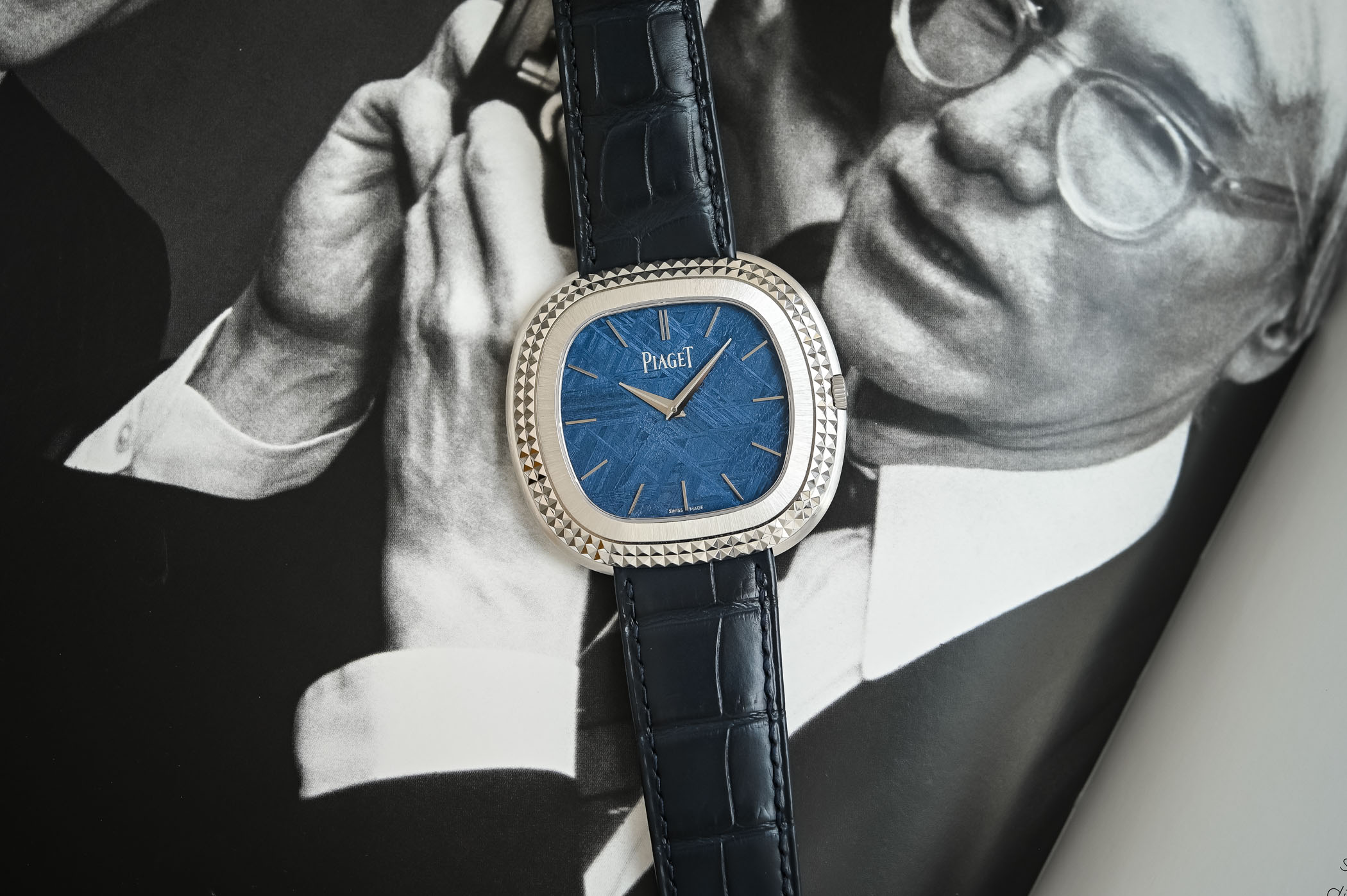
Thanks to a licensed collaboration with The Andy Warhol Foundation for the Visual Arts, Piaget has been permitted to rename its cult 1970s Black Tie dress watch, which is now officially “the Andy Warhol watch”. Celebrating this meaningful association with the undisputed King of Pop Art and long-time watch collector and friend of the brand, Piaget introduces the Andy Warhol Clou de Paris watch. Replacing the hallmark gadroons of the 1972 Black Tie with a refined Clou de Paris guilloché motif, the Piaget Andy Warhol marks a new chapter in the fascinating saga of this watch.
Piaget and Warhol
Andy Warhol (1928-1987) was a leading exponent of Pop Art and one of the most important 20th-century artists. Obsessed with the relationship between celebrity culture, advertising and art, his portrayal of iconic American symbols materialised in the 1960s with his Campbell’s soup cans, Coca-Cola bottles and silkscreens of Marilyn Monroe, Elizabeth Taylor and Elvis Presley.
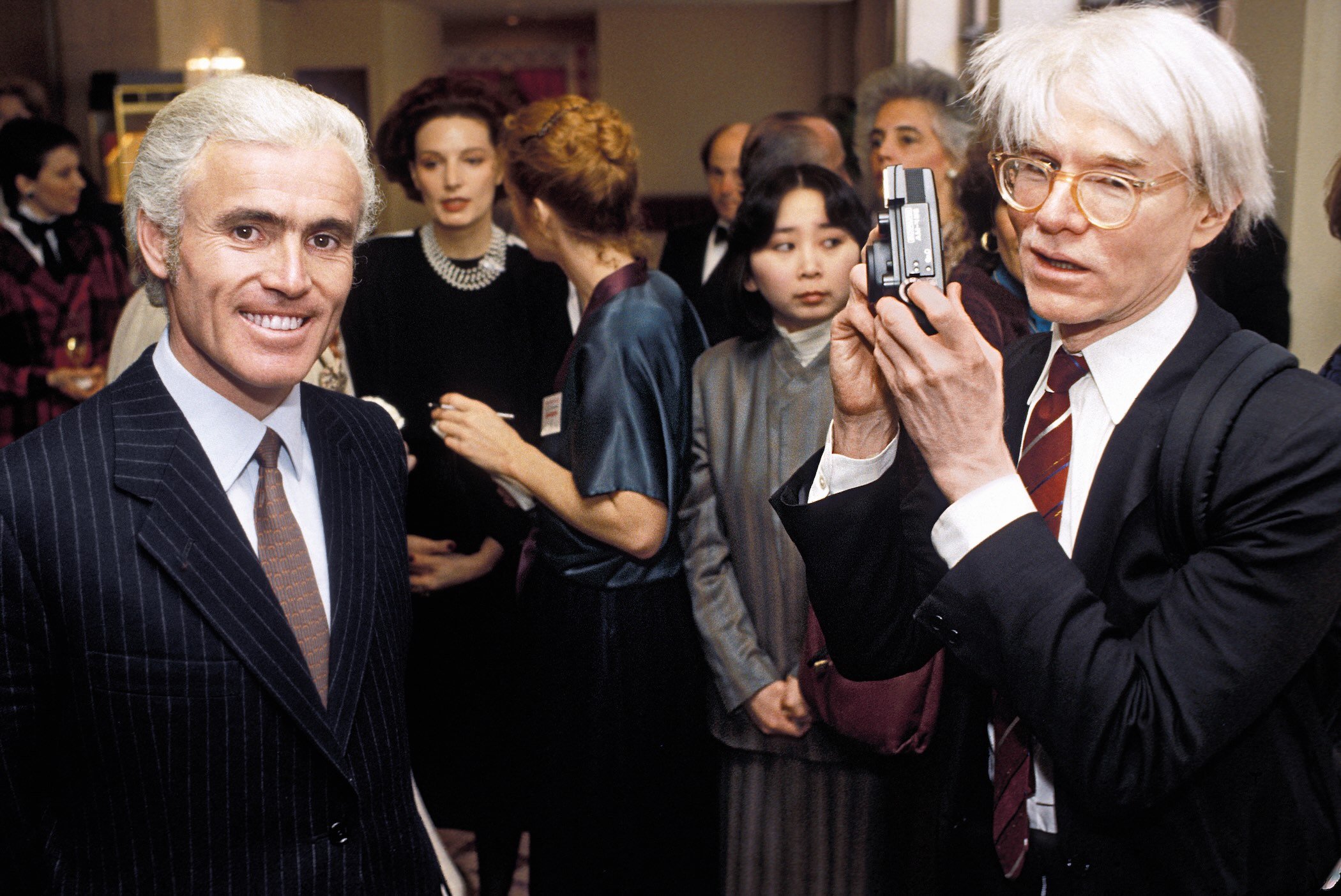
Associated with the expression “15 minutes of fame”, Warhol’s artwork was also a means of immortalising subjects and objects from the oblivion of passing trends and time. Watches, which can be regarded as eternal custodians of time, also fascinated Warhol, and his extensive collection included models from Cartier, Patek Philippe, Rolex and Piaget.
Owner of seven Piaget watches, including a secret watch hidden inside a gold nugget and a stunning gold jewellery model with an openworked cuff formed of twisted gold links and a tiger’s eye dial, the watch everyone associates with Warhol is the stylish Black Tie. Produced in a limited series in white and yellow gold cases from 1972 to 1977, Piaget’s Black Tie caught Warhol’s eye, and he acquired a model in 1973. Measuring an enormous 45mm across, Warhol’s Black Tie had a yellow gold cushion-shaped case with stepped gadroons and a galvanised anthracite-coloured dial.
From Black Tie to Piaget Andy Warhol
While Piaget’s watchmaking fame resided in its production of ultra-thin movements from the late 1950s, quartz was all the rage in the early 1970s, and the Black Tie was powered by the Beta 21 quartz movement. Produced by a consortium of 20 Swiss watch brands, the Beta 21 appeared four months after Seiko marketed the world’s first quartz watch in 1969. Considered the apex of technology and accuracy, the Beta 21 was a large movement, leading to the creation of oversized watches that toyed with new shapes.
It’s also worth recalling that Piaget’s watchmaking prowess has, since 1959, been married to its incredible reputation as a jeweller. The goldsmithing and gem-setting skills of its artisans resulted in distinctive, audacious, highly contemporary models. Combining brightly coloured ornamental stones with woven gold bracelets and chains, Piaget’s high jewellery and high jewellery watches attracted famous personalities like Elizabeth Taylor, Sophia Loren and Jackie Kennedy and resulted in collaborations with artists of the stature of Salvador Dalí.
When fourth-generation Yves Piaget became general director of the company in 1974, he fostered an elite network of international clients known as the Piaget Society. Yves Piaget and Warhol first met in 1979 in New York and became good friends. Warhol often accompanied Piaget to events to promote the brand’s sporty-chic Polo watch (revisited earlier this year). Also fitted with an ultra-thin quartz calibre (developed by Piaget), the Polo’s sleek stream of solid sculpted gold gadroons captured the heady zeitgeist of the era.
Just before we look at the inaugural Andy Warhol Clou de Paris, here is a quick reminder about the trajectory of the Black Tie since it was relaunched in 2014. First revisited in a 45mm white gold case with a stepped bezel, recessed crown and a jet-black onyx dial, the more contemporary Black Tie references are powered by a Piaget automatic movement. Other interpretations include the 2023 Metaphoria high jewellery piece with baguette-cut emeralds framing a petrified wood dial, rose gold models with malachite and black dials and the ten unique pieces with stunning semi-precious stone dials in luxury platinum vases exhibited during Watches & Wonders 2023.
The New Piaget Andy Warhol Clou de Paris
Powerful yet stylish, the Piaget Andy Warhol Clou de Paris is an intrepid exercise in style. What is striking is how Piaget’s designers have concentrated on the stepped profile of the watch, the key trait, if you like, of the Black Tie. In all its manifestations since it was revitalised in 2014, the watch has always respected its signature rounded or gadroon steps. However, guilloché is not a novel decorative finish for Piaget. Reviewing archival material, Piaget produced several watches in the 1970s with Clous de Paris cases and dials, like the rectangular-shaped ref. 908 C4 – see a vintage example here.
Piaget’s artisans spent ten months developing and perfecting the Clou de Paris guilloché. This particular guilloché motif, also known as hobnail, is composed of small, pyramid-like structures. Entirely crafted by hand and executed on the tricky, curved surfaces of the 45mm white gold case, the guilloché recreates three-dimensional pyramids that reflect the light and cast shadows to extraordinary effect. The two stepped tiers of pyramids meet the flat, rounded square bezel with its horizontal brushed finish. The crown is also recessed to maintain the distinctive lines of the watch.
Faithful to Piaget’s tradition of exotic dial materials, the dial has a sliver of blue meteorite with its unique crisscrossing Widmanstätten patterns. The new, slim dauphine-style hands and minimalist applied indices do not detract from the dial, and the brand name is discreetly inscribed in silver at noon. Where it does differ from Warhol’s original Black Tie model is in the lack of a date window and a central seconds hand, upping the dress watch factor of the timepiece noticeably.
While the automatic Piaget movement powering the watch is slim and functional, it is not really the talking point of the Andy Warhol Clou de Paris, which is a design-oriented watch. Hidden beneath the screwed-down caseback decorated with the Piaget coat of arms is Piaget’s automatic calibre 501P1. This calibre is an evolution of the automatic 500P inspired, in turn, by the brand’s ultra-thin 2.1mm thick manual-winding 430P movement, a worthy descendant of the legendary 9P calibre of 1957. With a thickness of just 3.63mm, the movement has 23 jewels, a frequency of 28,800vph and a 40-hour power reserve.
Piaget is offering its clients a wide range of customisation options for the launch of the new Andy Warhol watch. In addition to the blue meteorite dial reviewed here, clients can choose from ten different stone dials (similar to the ones released in 2023 in platinum cases). They will also be able to choose between white or rose gold cases, the new dauphine hands or the original baton hour markers and five leather strap colours.
The Andy Warhol Clou de Paris in white gold with a meteorite dial and a dark blue alligator strap with a white gold pin buckle will retail for CHF 56,000 or EUR 56,000. More information at Piaget.com.

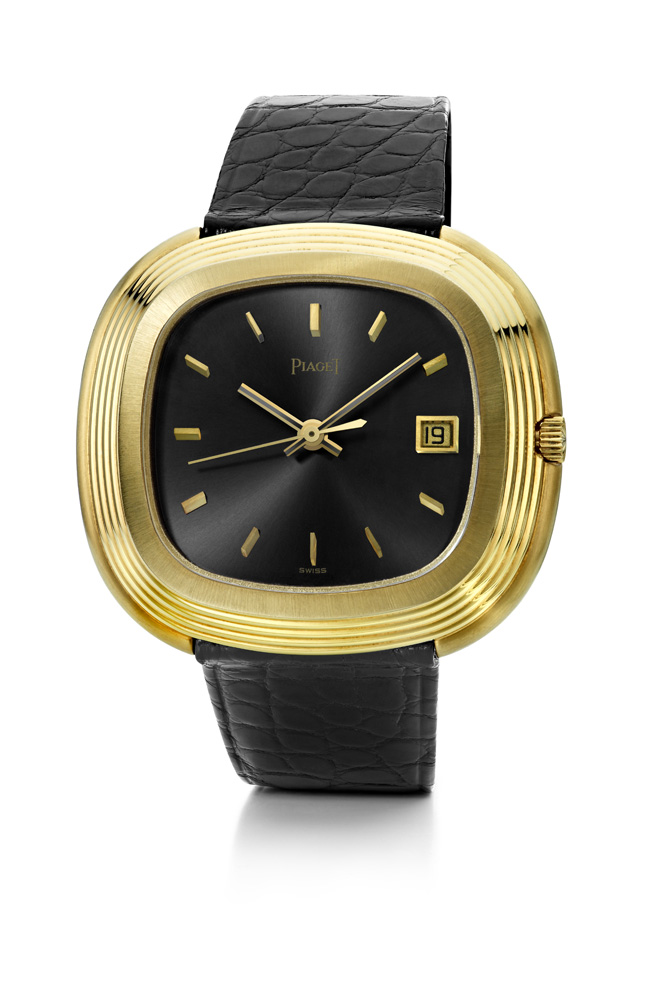
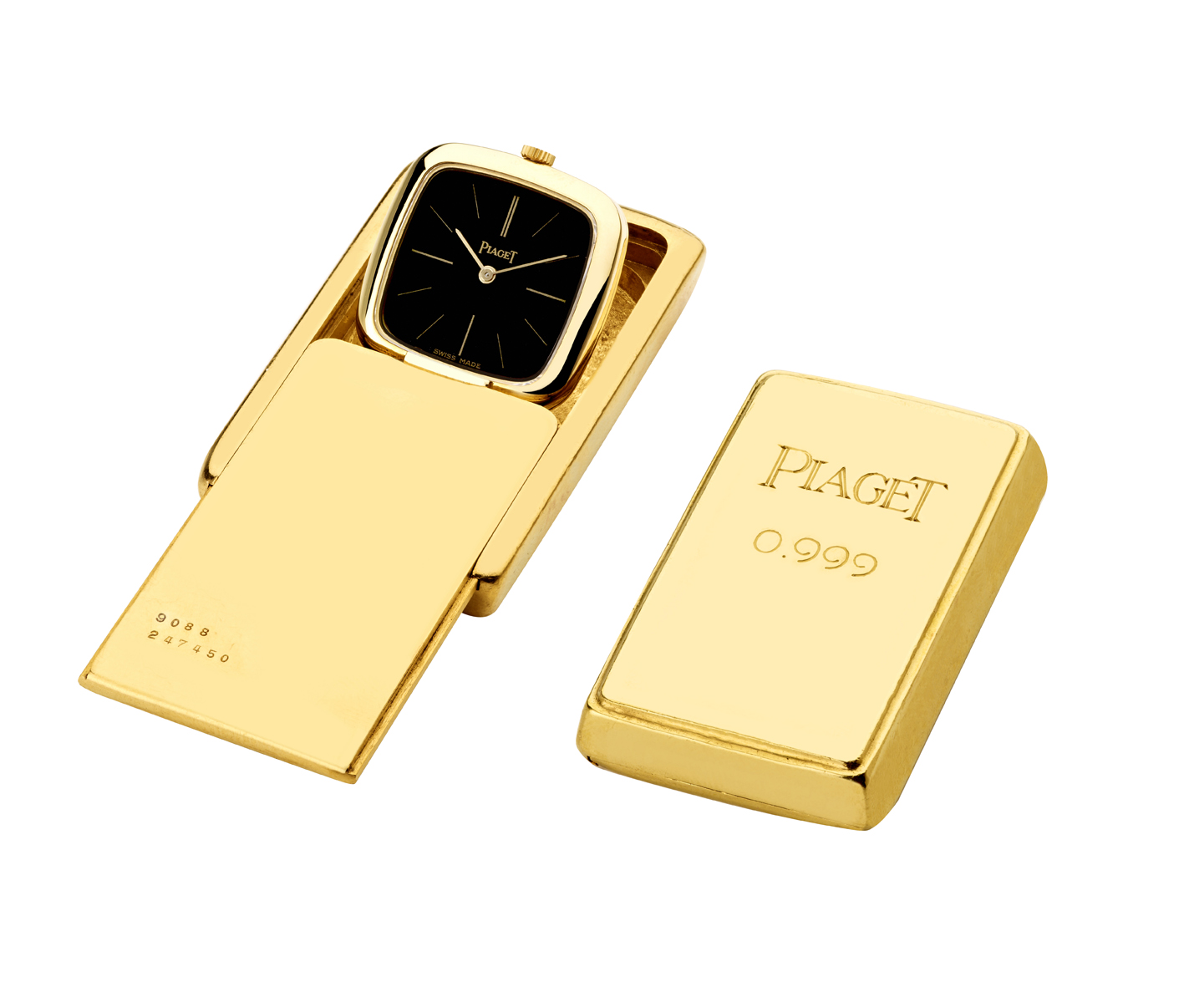
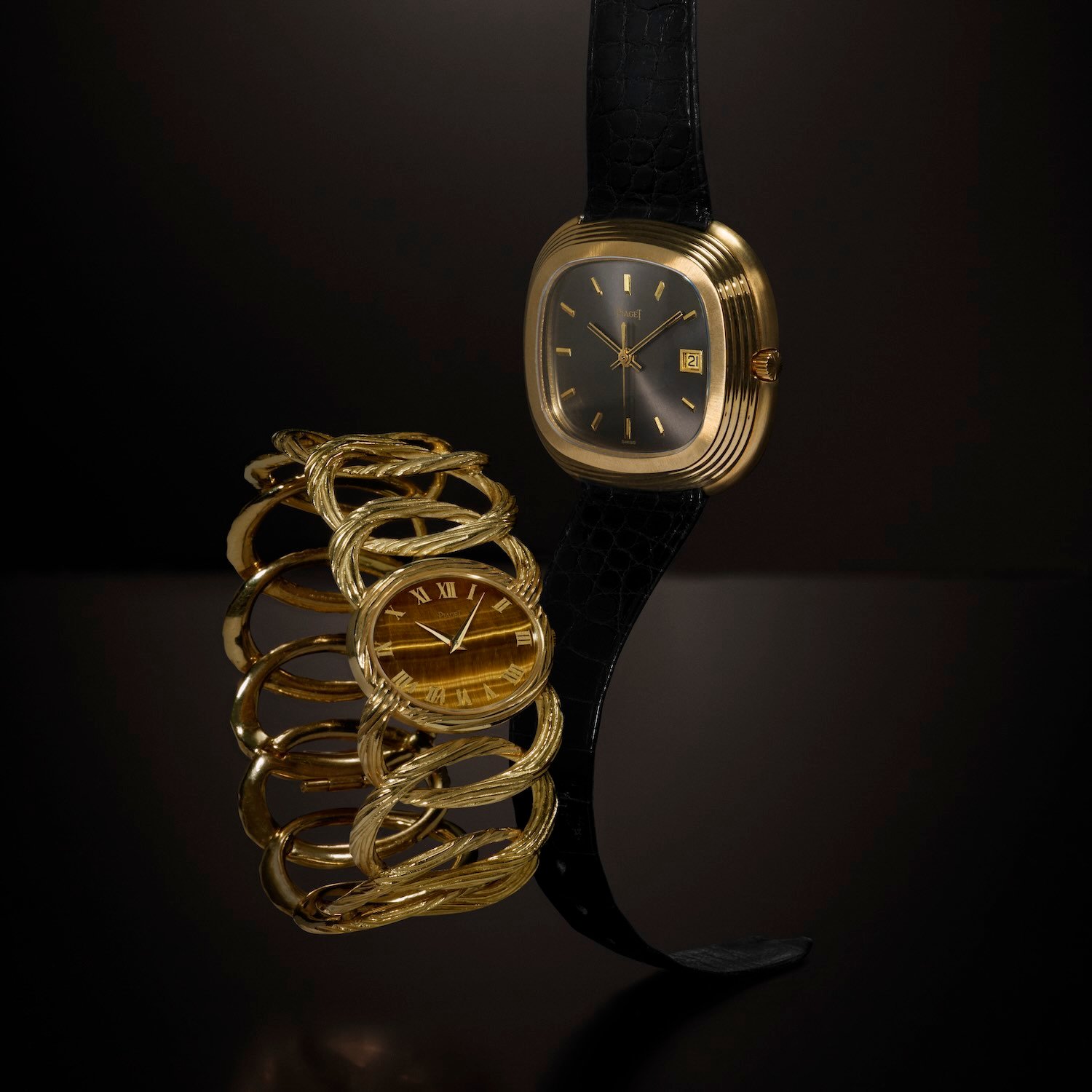
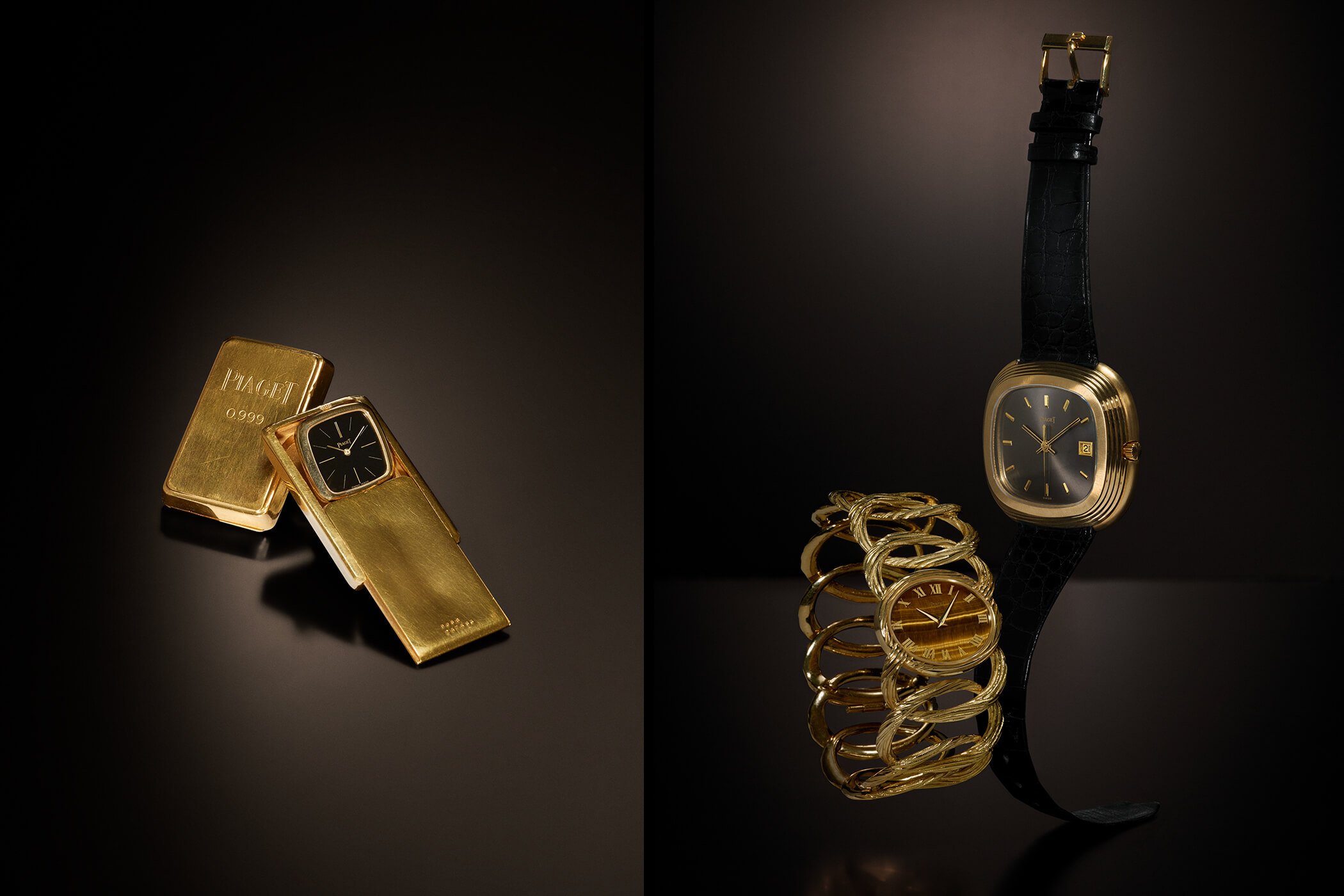
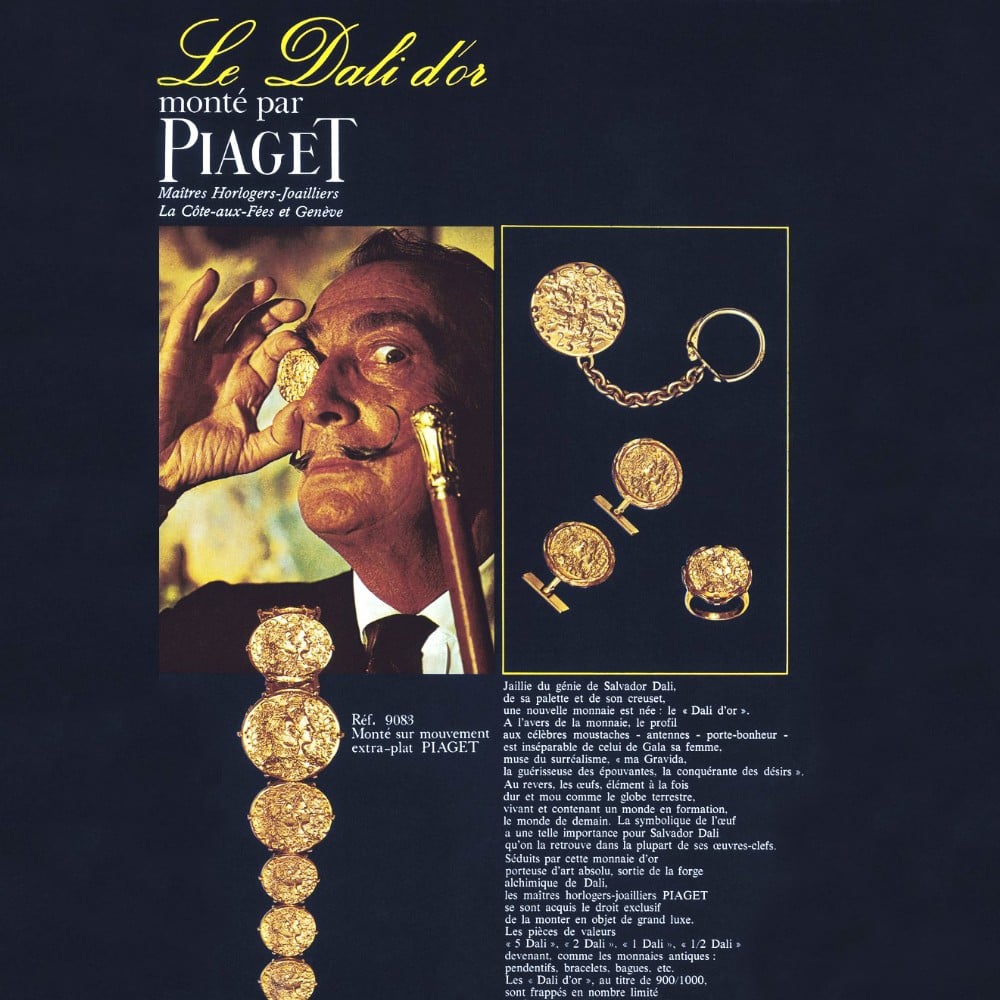


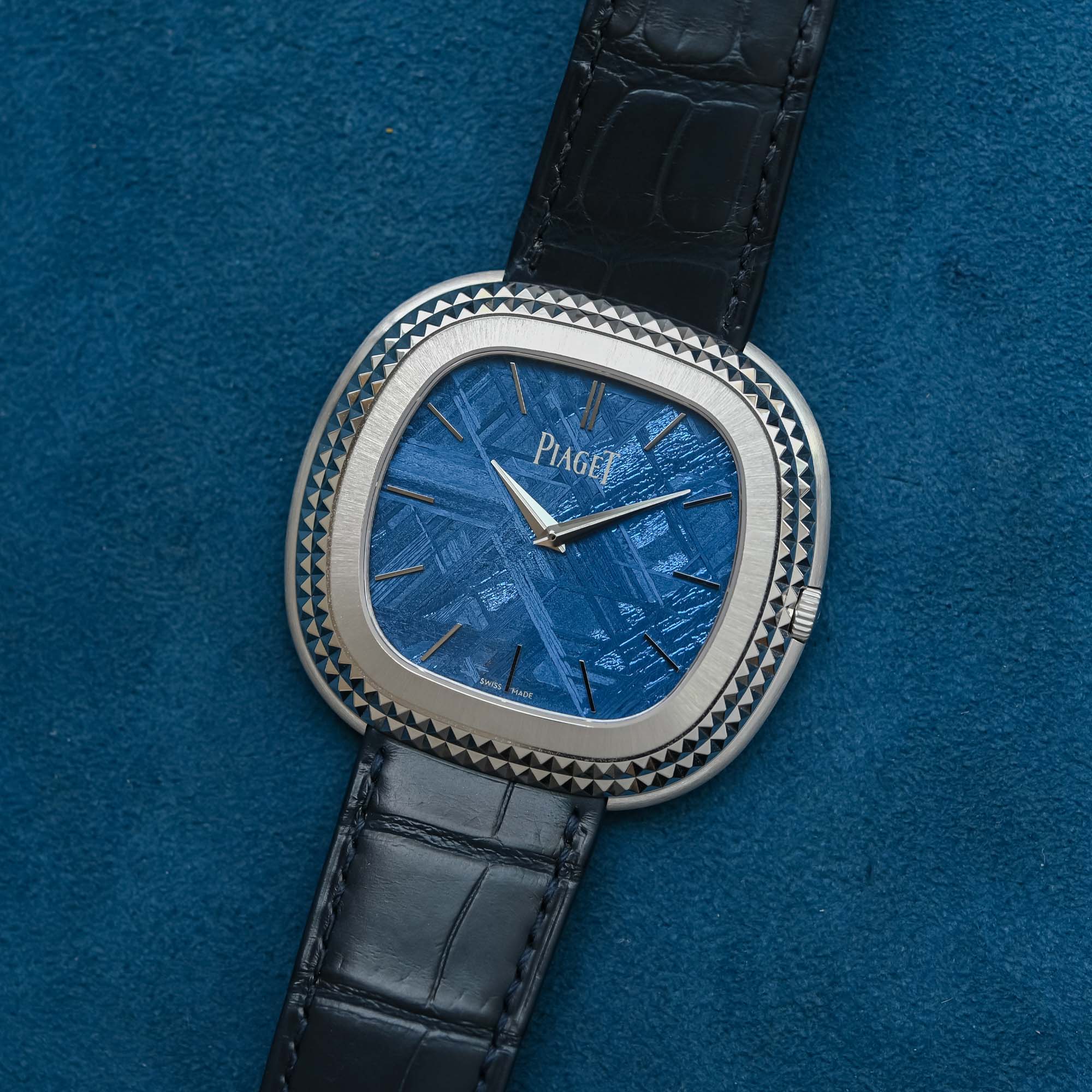
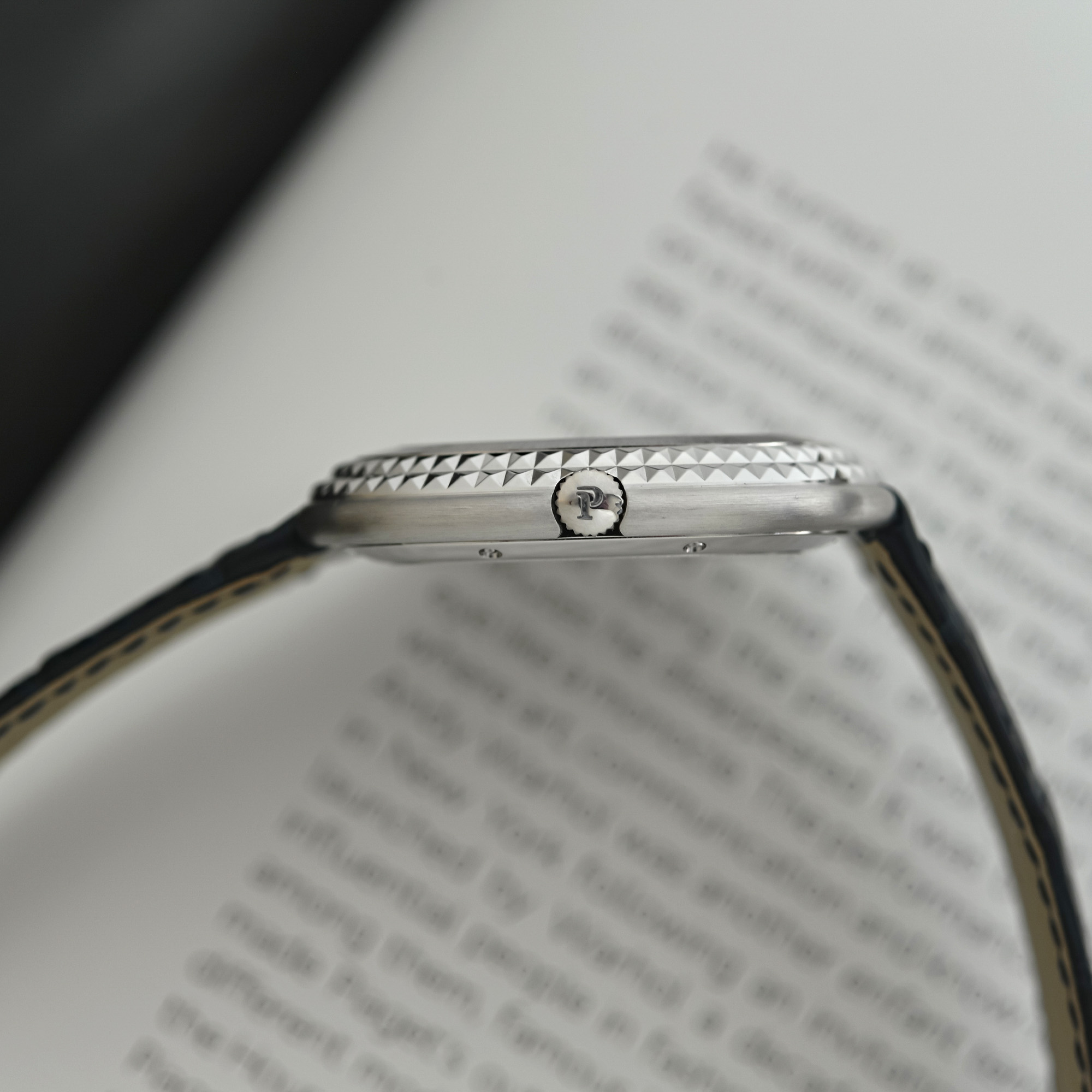
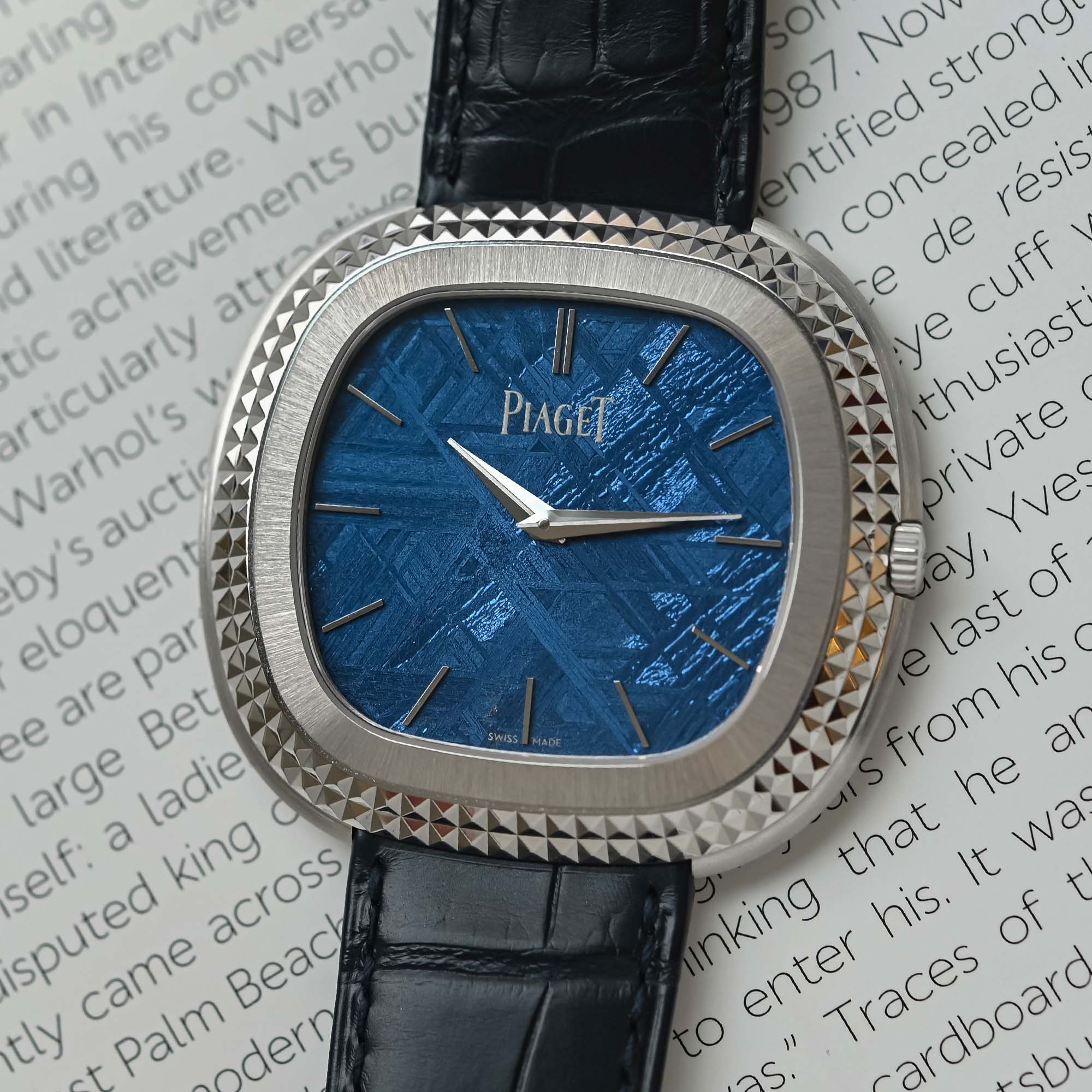
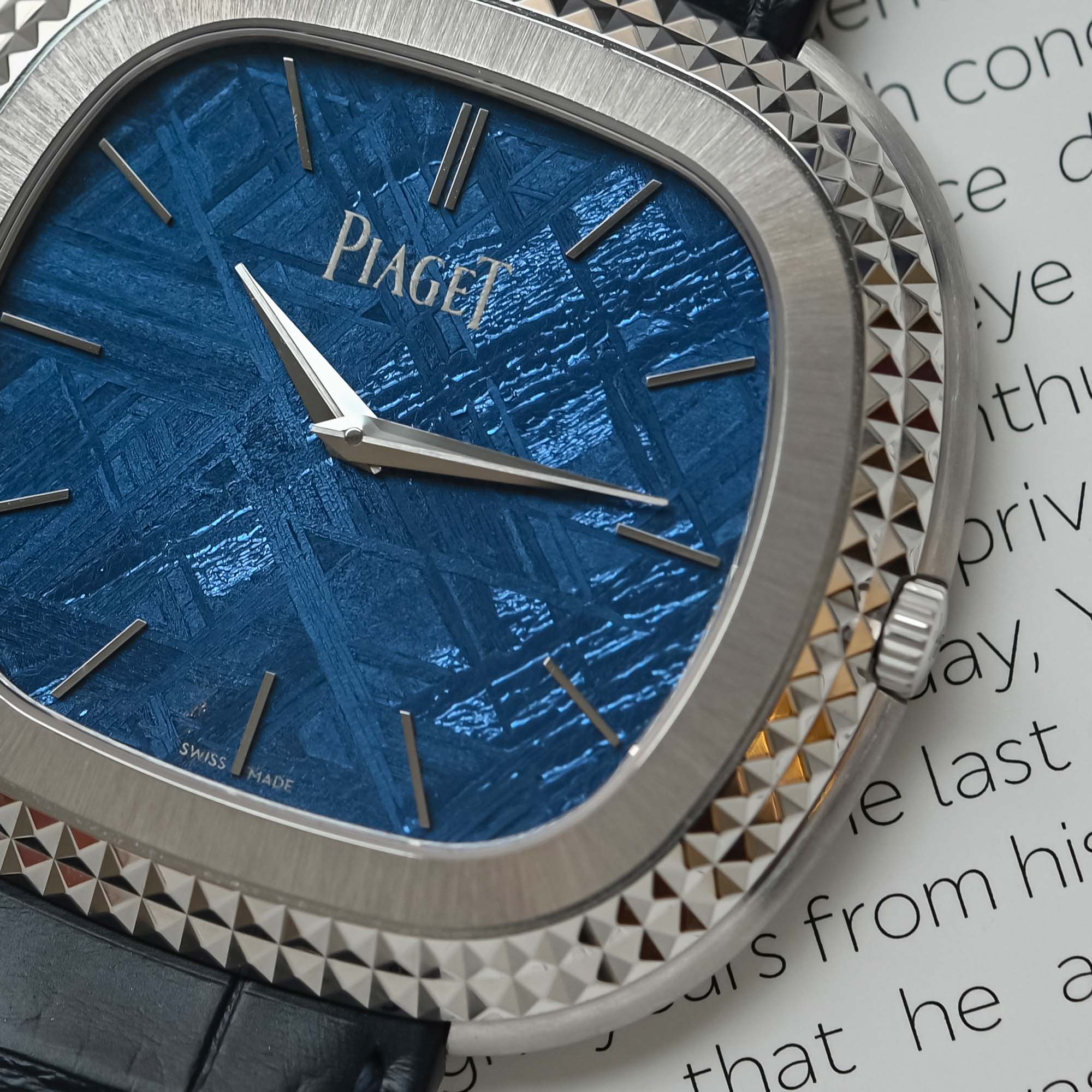
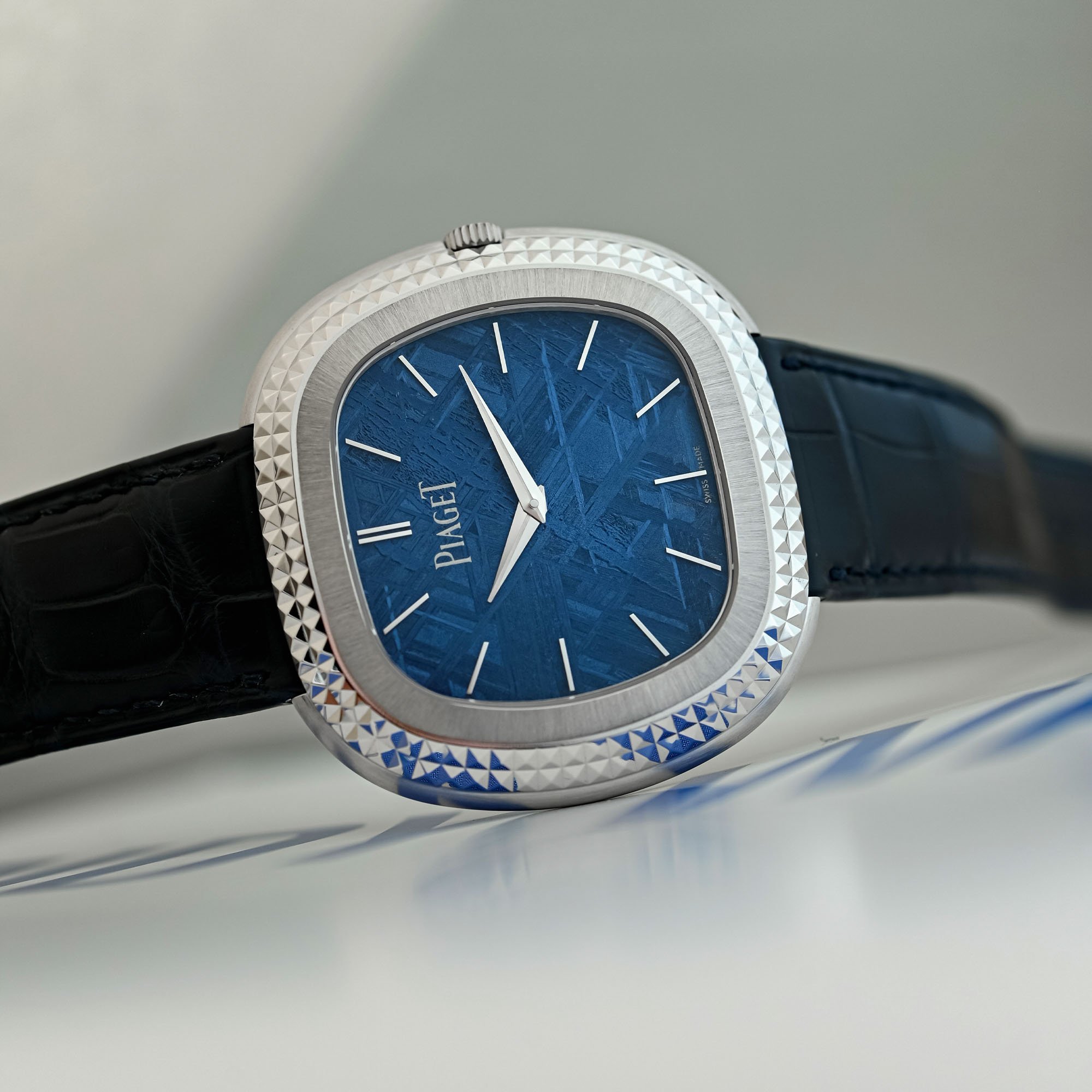
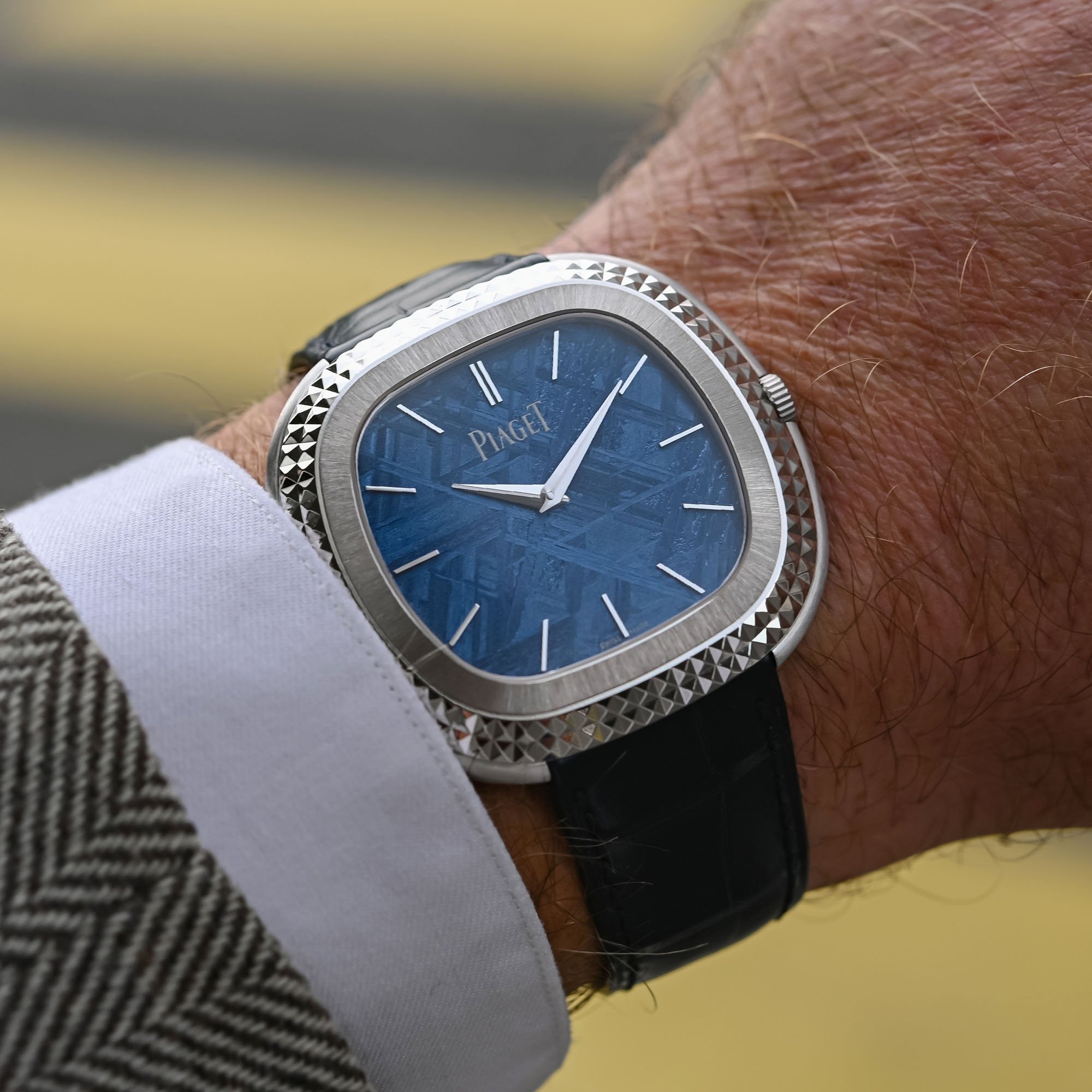
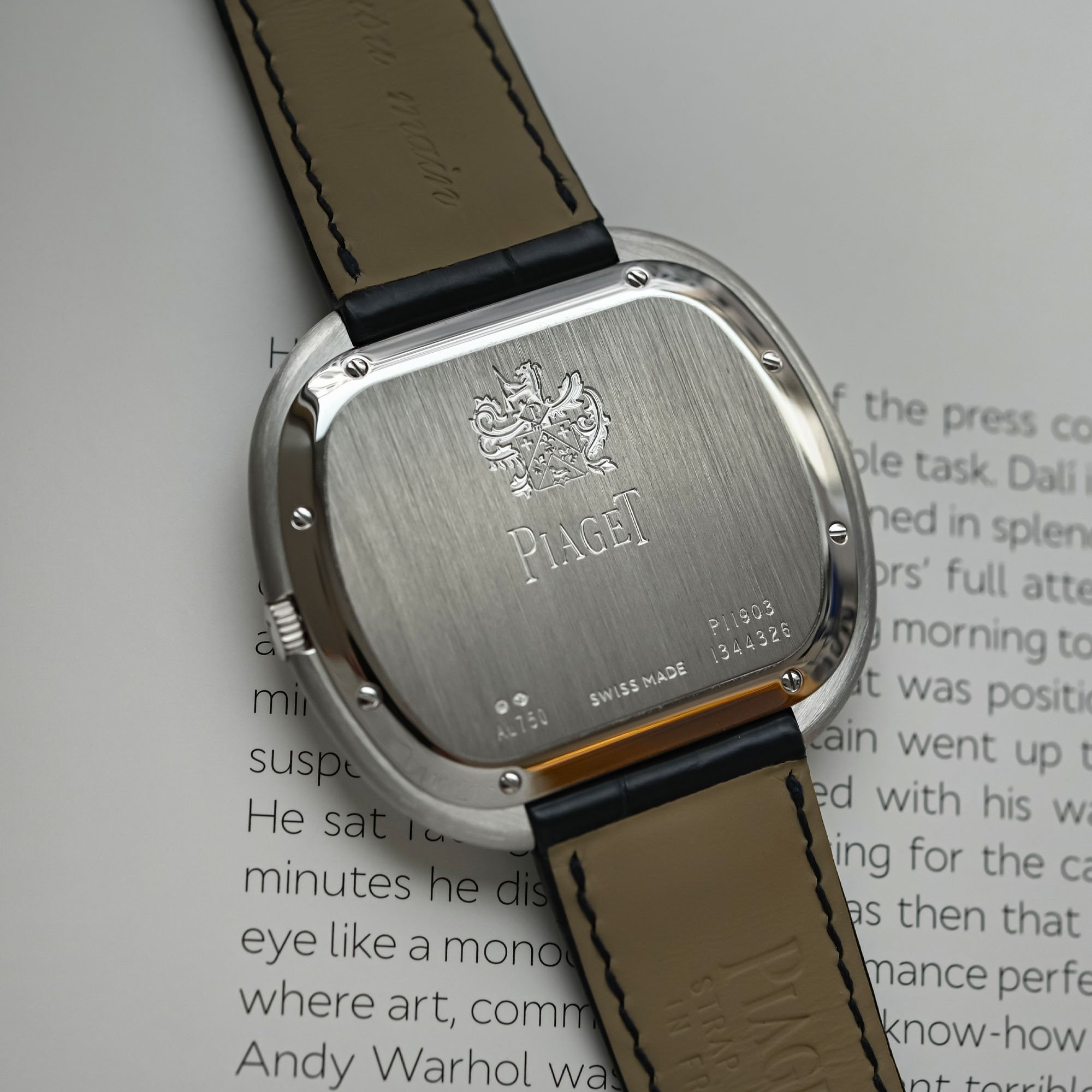
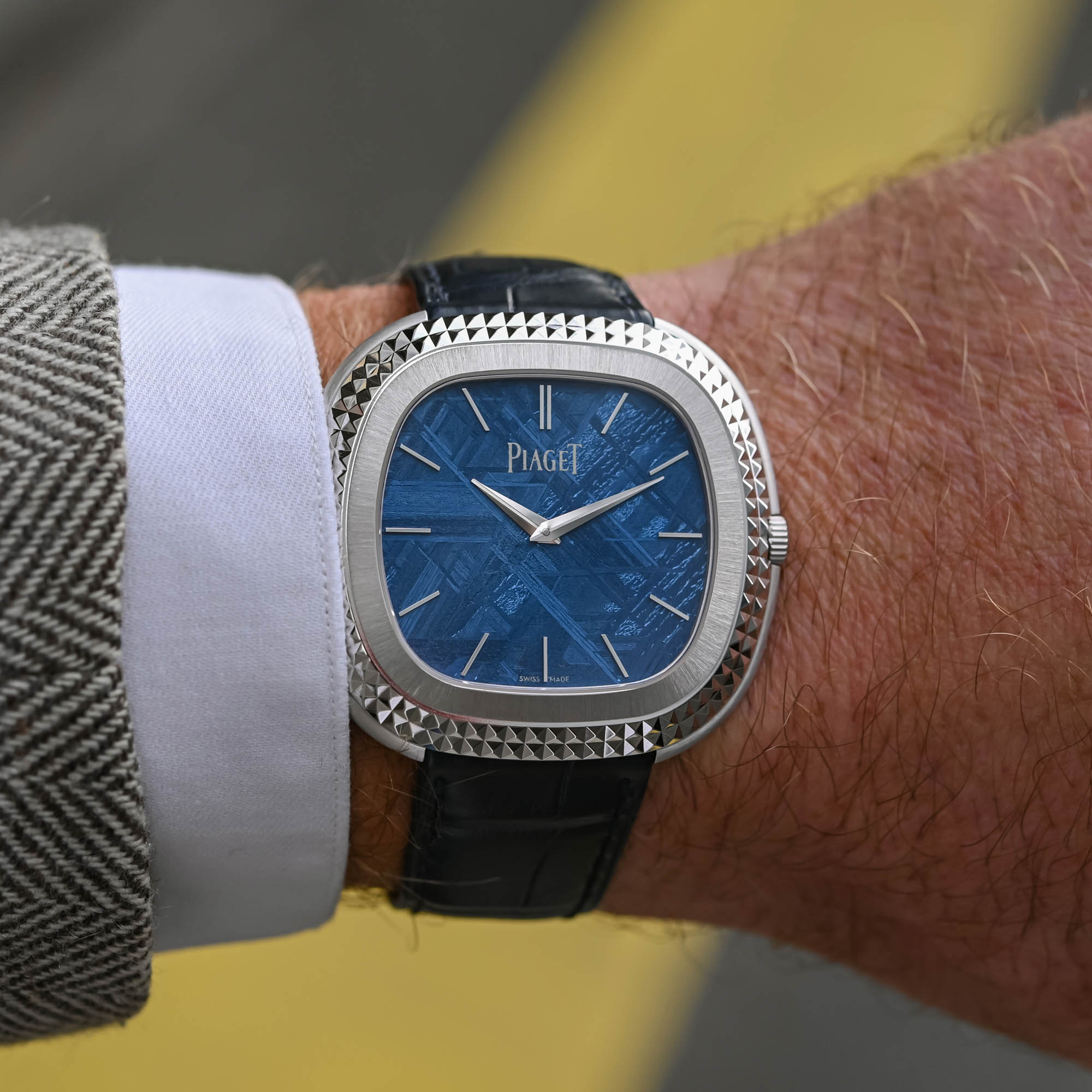
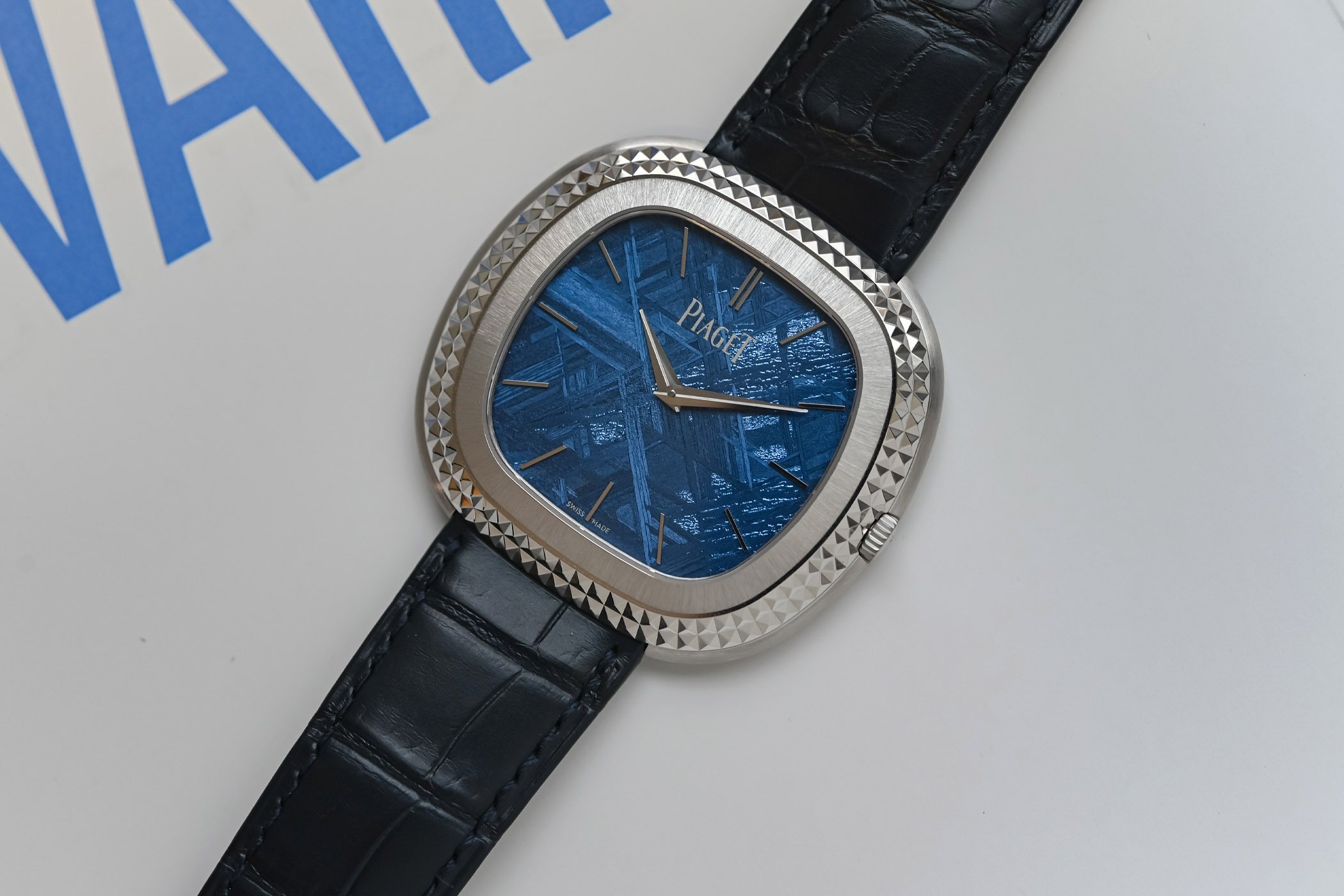

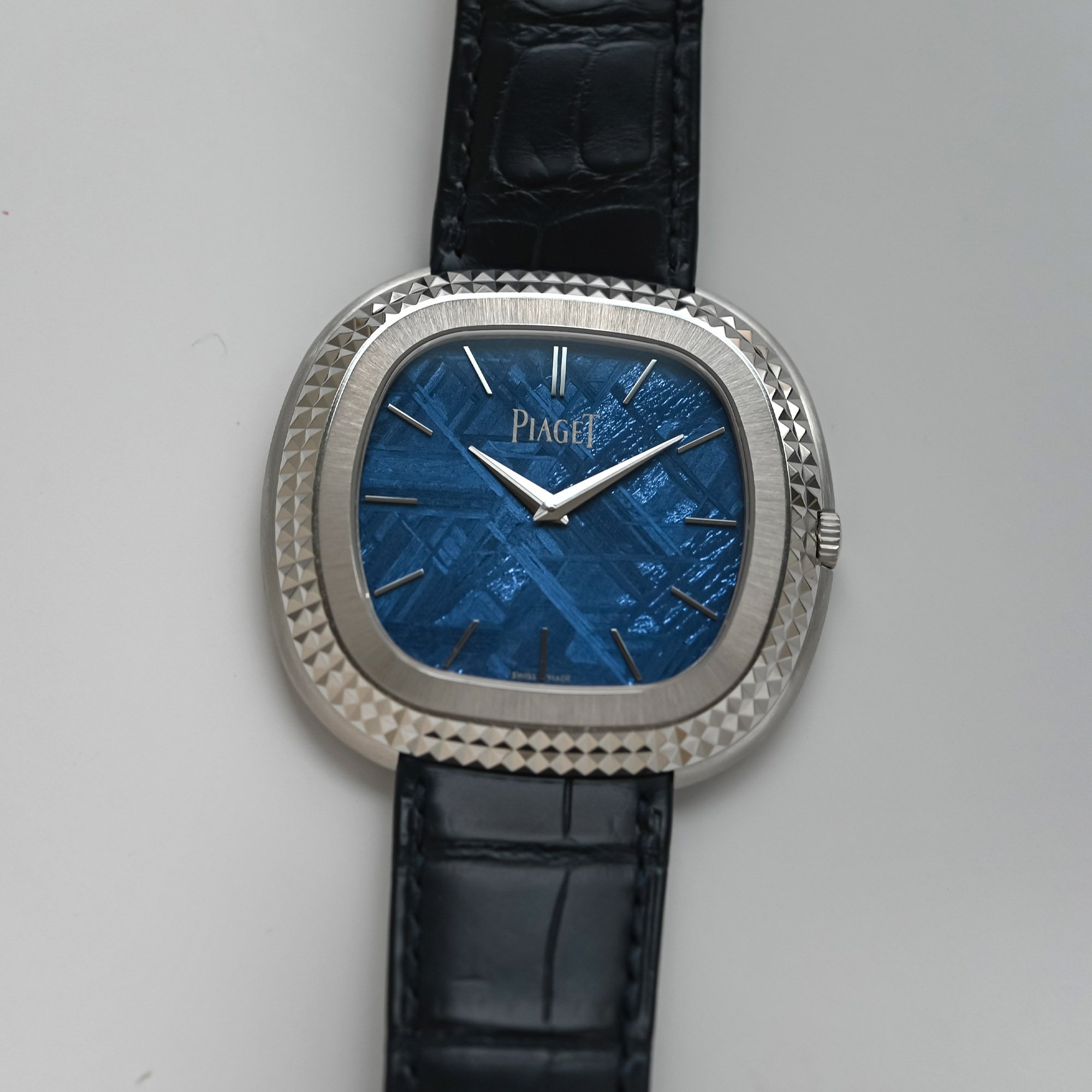



2 responses
This is so f‘ing cool!
Fluted bezel eat your heart out